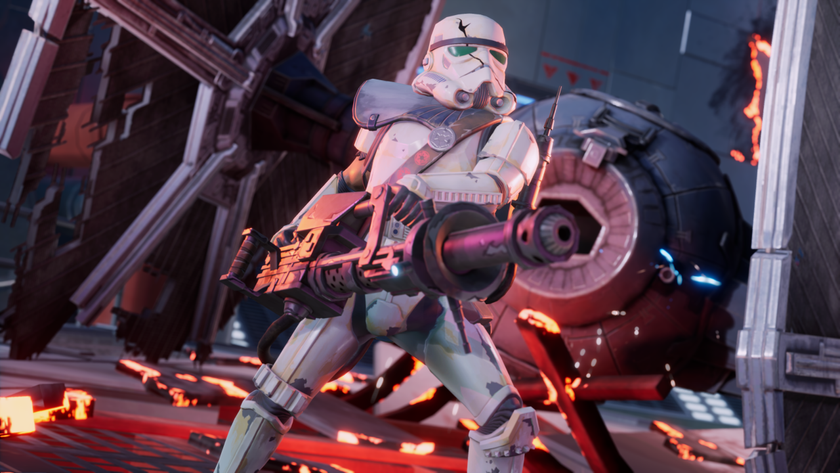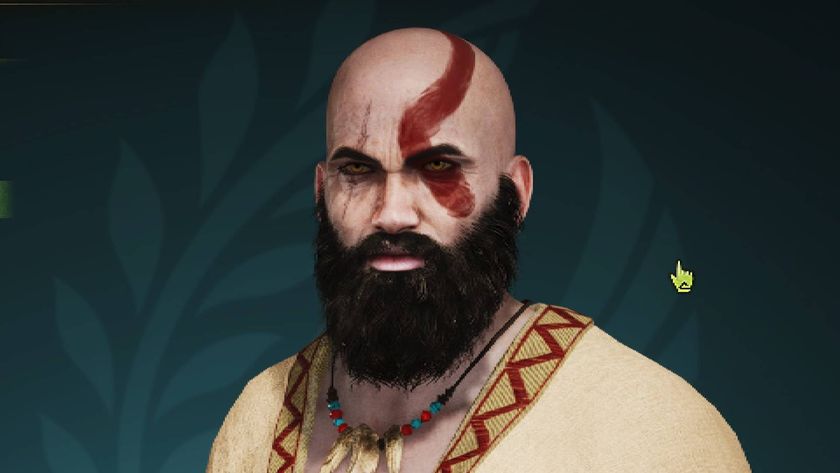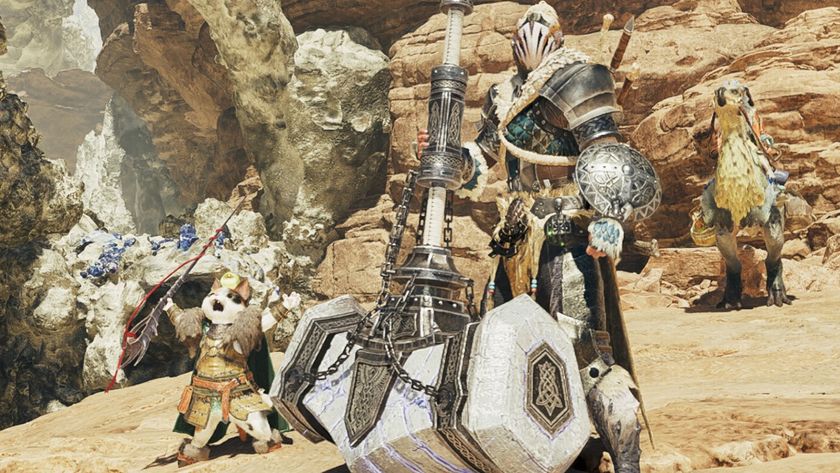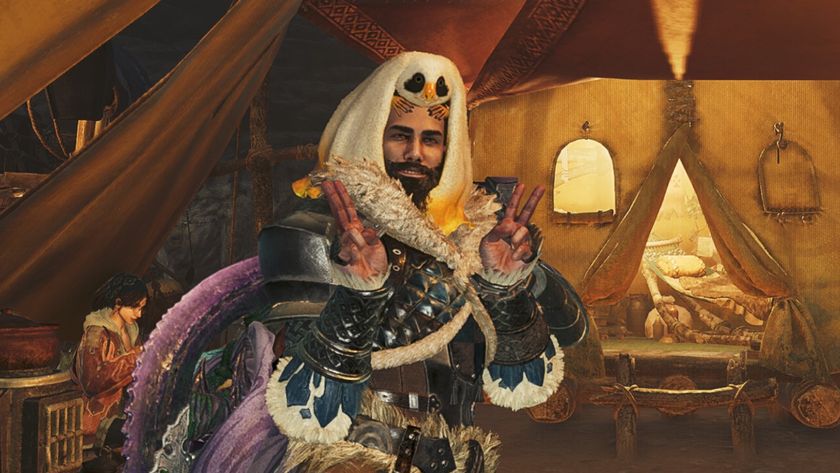Scouting out Asian League of Legends
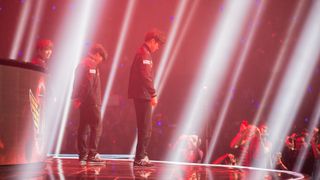
While the western scene scrambles to make up for a wave of controversial visa rejections, Asian hemisphere League of Legends is already operating at full throttle. Of course, some engines are better than others at handling that much torque. China's top teams of yesteryear, for instance, already seem like they're out of gas.
China
It's hard to cover China. Their broadcasts overlap with the other eastern hemisphere circuits, they have an absurd number of games to play through, and worst of all: there's no consistency to be found amid the chaos that is the LPL. The split-groups format also makes it difficult to gauge just how good Royal Club and Qiao Gu Reapers actually are—in the wake of LGD's collapse, the utter nightmare that is OMG's roster situation, and Edward Gaming's insistence that Fireloli is actually a pro-tier player, it could be that the rest of China just sucks too much to give them a real test of their capabilities.
Take note that these are also the teams that performed best all last season, and were even compared favorably to top Korean teams. Even I bought the hype, leading up to that fateful October—only to be disappointed massively when just one of them managed to make it to the quarterfinals (and was subsequently disgraced with a 0-3).
What does it take for a Worlds finalist region to degenerate so rapidly?
It's been a tough year for Chinese esports overall, actually. Europe's got their number in Dota 2, North America slapped them down in Smite (who saw Enemy taking second at Smite Worlds? Nobody? Nobody), and they have no presence in any other event. For whatever reason, the second-most prestigious region in esports is looking like a paper tiger this spring. Or, to switch metaphors, their lavish spending and obsession with imports is looking more like a cargo cult than a legitimate infrastructural investment.
What does it take for a Worlds finalist region to degenerate so rapidly? Money isn't necessarily the root of the problem—but the problem is that China has proven that spending doesn’t necessarily lead to success. By treating talent as a discrete commodity to purchase, a fundamental point has been missed, I think, in regards to the care and nurturing needed to make it thrive—and questionable staffing decisions (like, to beat a dead equine, freaking Fireloli being anywhere near the stage) suggests that Chinese managers and coaches haven't yet gotten the point.
League of Legends is not a game where you can just hire DanDy and Mata and expect them to bail you out.
Taiwan
It is, however, totally the sort of game where smart substitution strategies can wreak utter havoc through the standings. I admit skepticism when Westdoor announced that he wasn't retiring—though I'll defend his legacy at the drop of the hat, it's been obvious for a long time that he's too narrowly focused as a player to avoid getting banned and focused out of games.
The biggest gaming news, reviews and hardware deals
Keep up to date with the most important stories and the best deals, as picked by the PC Gamer team.
The good news is that AHQ was well aware of that too, and planned accordingly. Chawy, formerly of the Taipei Assassins (and before then, fellow GPL 2012 rivals Singapore Sentinels) is unbannable. He especially likes playing an unorthodox pool of control mages—his mid lane Zilean, repeated only once so far by any other region, had terrorized Taiwanese solo queue to the point that it's an auto-ban. The one time it leaked through, its area control utterly shut down any attempts to stall out or even fight against AHQ's tower-pushing. His only problem is that control mages rarely single-handledly shut out a game like Westdoor's assassins.
Taiwan's inability to pay for stellar talent works in its favor
That means Chawy can play all the red side games, and Westdoor plays all the blue siders. Between the preferential bans, the first-pick flex options, and the fact that both Ziv and Albis have been outright carries as well, Westdoor's champion pool weaknesses are neatly covered. As of yet, not a single LMS team has figured out how to break through AHQ's strategic shield—they've come close a couple times by throwing everything they've got at disrupting mid lane, but AHQ's integrative strengths both in and outside of the game itself has proven a daunting challenge.
If there's any region that can (eventually) produce the necessary teamwork to overcome that challenge, it might actually be the LMS. Regardless of whether or not they're still Worlds-quality, their talent-fostering has been producing serious fruit. They've reformed old bad players (REFRA1N is actually amazing now, but I remember him mostly being Karsa's lackluster predecessor), and their newer players like FW top laner Rins and Machi mid laner Apex have proven not only mechanically adept, but adept at teamplay as well.
If anything, it's almost as if Taiwan's inability to pay for stellar talent works in its favor. Trainee advancement through its farm teams to LMS level is actually common enough to be expected now—only Hong Kong Esports, privately funded by CEO Derek Cheung, is doing anything like the mainland circuit's talent acquisitions. Gash Bears, Gamania's attempt to re-enter the League of Legends scene, famously bought out a star roster, including Japan's Rokenia (who, in actuality, is a South Korean native).
Gash Bears were made a throw rug by YoLMS, a team consisting of a former Taipei Snipers vet and four untested rookies. YoLMS rebranded as HeatWave, got themselves sponsored by XGamers, and took a game off Worlds quarterfinalist Flash Wolves to make themselves the most successful rookie team since the start of the LMS.
Of course, they need to prove they can stick it out. The last successful rookie team got half their roster banned by stupid contract breaches: alas for Midnight Sun.
South Korea
If you want to see beautiful League of Legends played, it's not Taiwan or China you're looking at. It's still, and might always be, South Korea. The most recent game between ROX Tigers and SKT T1 was yet another apt demonstration why it was these two teams that deserved their respective finalist finishes at Worlds last season—a dance of strategy and guile that has not yet found a rival or equal anywhere else in the world.
Maybe that sounds like excess praise. And it certainly isn't as if they're immune to mistakes. SKT T1 alternate jungler Blank's single-man dive on Smeb raises all sorts of questions (he went in even after top laner Duke was sent flying a full screen away). But Korea didn't just survive China's poaching—they shrugged it off, won their third Worlds title in a row, and came into the spring split looking entirely unfazed.
"We can make another Pawn. We can maybe even make another Faker, if we had to."
Okay, fair. Afreeca Freecs and SBENU Sonicboom are pretty awful—their players have mechanical capabilities, but they play with all the coordination of a drunk duck. Longzhu IM isn't quite as good as people expected them to be, given the stacked deck they managed to build at the start of the split. But the fact remains that the Korean scene's only gone from strength to strength. Given the last couple years, they've retained the impression that there's going to be yet another superstar rookie just around the corner, or hidden in a lower-tier roster, just waiting to be recognized and picked up.
That sort of depth implies all sorts of things about their esports culture—the skill of its talent scouts, the dedication of its practitioners, and, ultimately, the expendability of even its best aces. Counter-intuitively, that last one is a good thing. Korea's high export rate of esports pros may have made the other circuits more exciting, particularly the NA LCS, but it's also a show of power. "We can make another DanDy at any time," it suggests. "We can make another Pawn. We can maybe even make another Faker, if we had to."
If they day ever comes when South Korea loses its vise-grip on the crown, it'll be when another region can finally say "we can too."

PC Gamer Pro is dedicated to esports and competitive gaming. Check back every day for exciting, fun and informative articles about League of Legends, Dota 2, Hearthstone, CS:GO and more. GL HF!
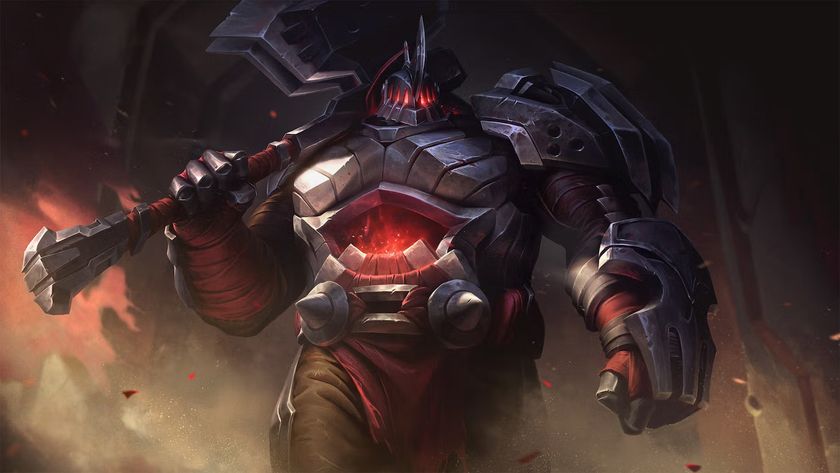
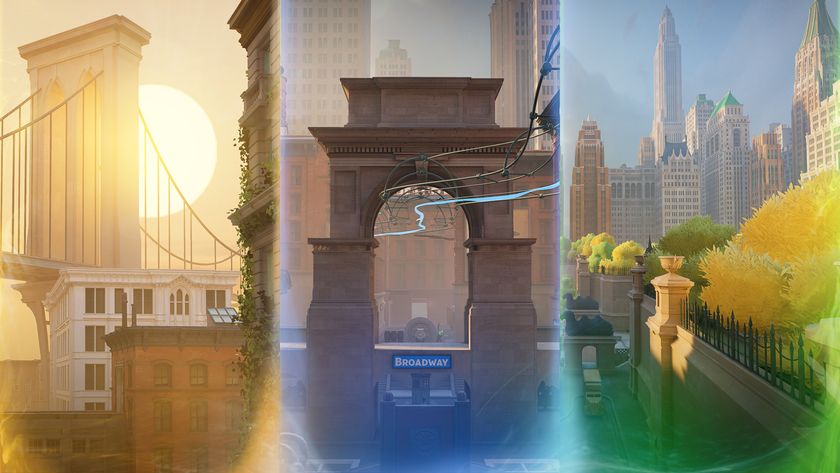
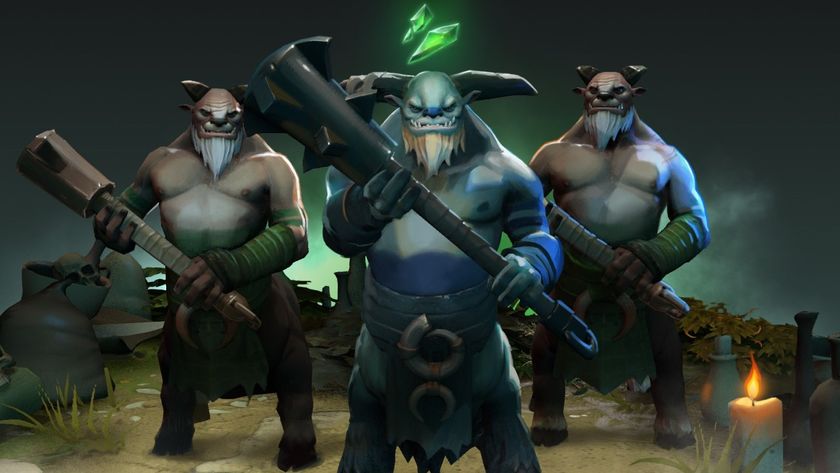
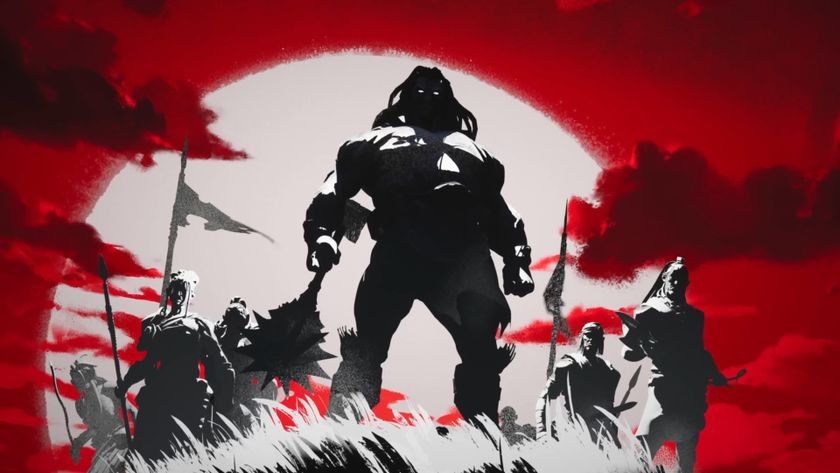
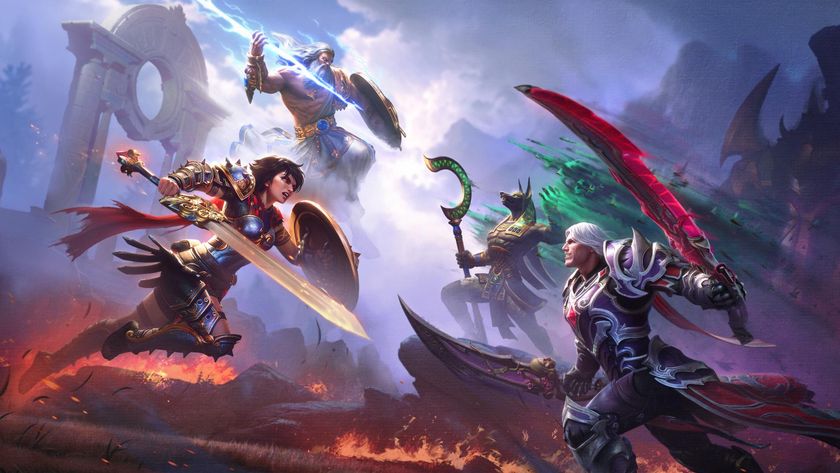
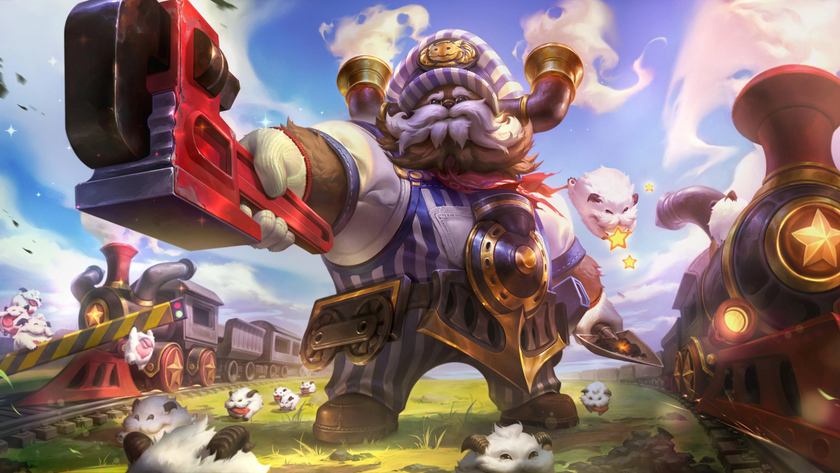
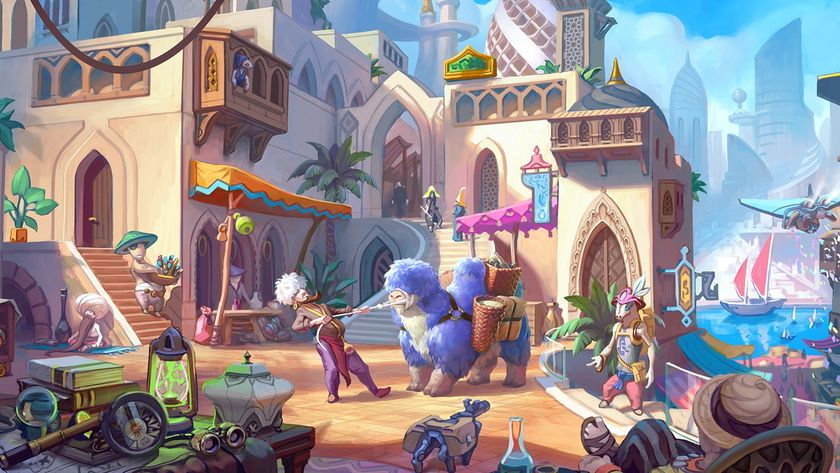
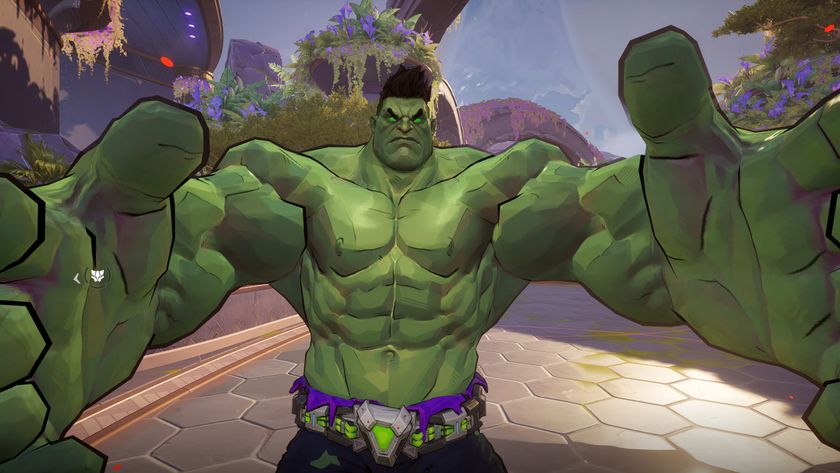
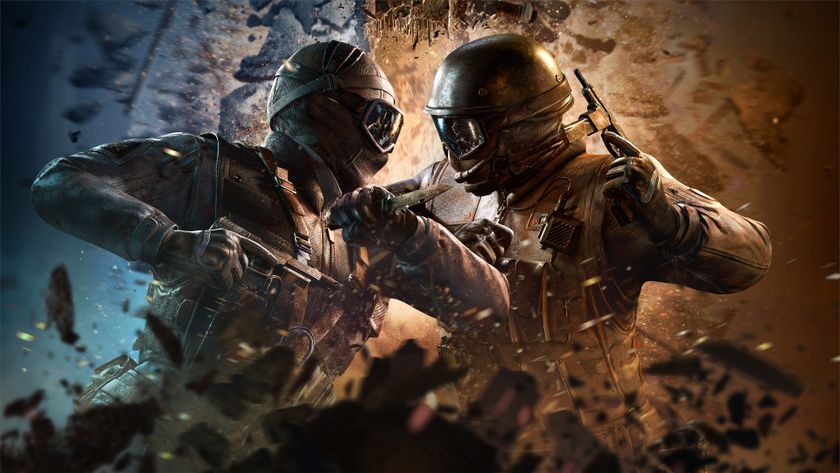
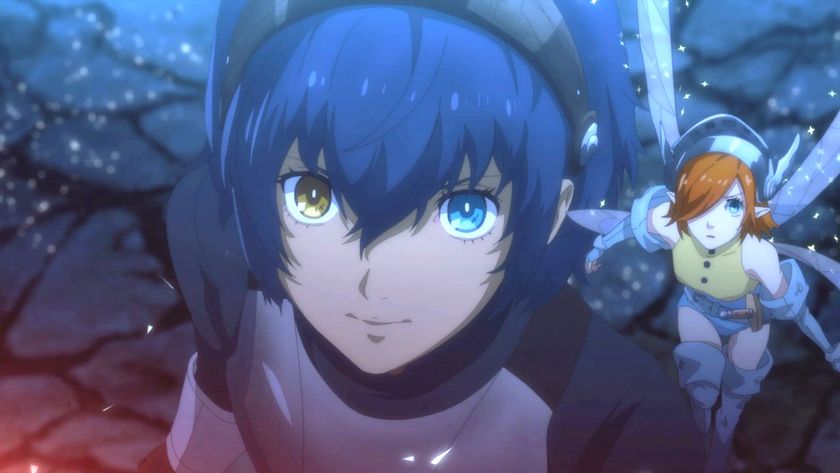
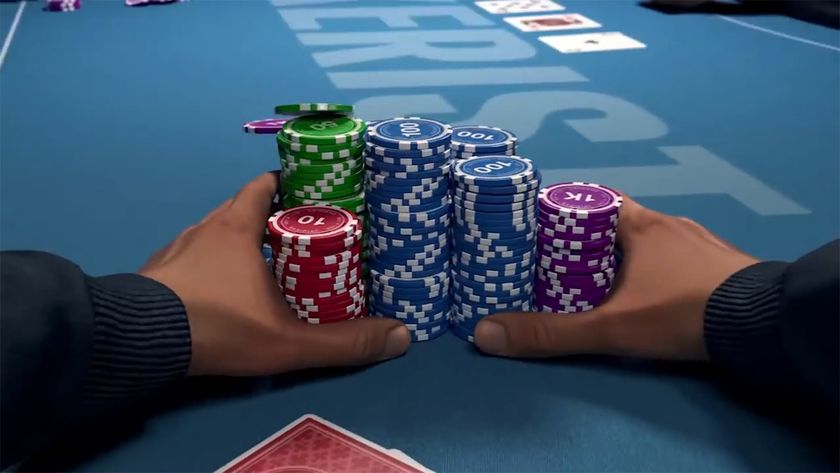
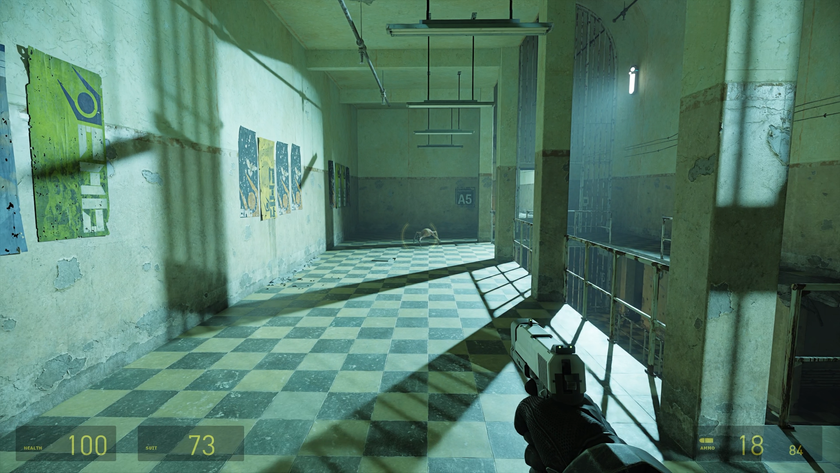

Riot walks back unpopular League of Legends changes: Hextech Chests are coming back, and the Blue Essence cost for new champions will be cut in half

Deadlock gets a massive map overhaul that shrinks its map from four lanes to three: 'This has a large range of accompanying map-wide changes'
